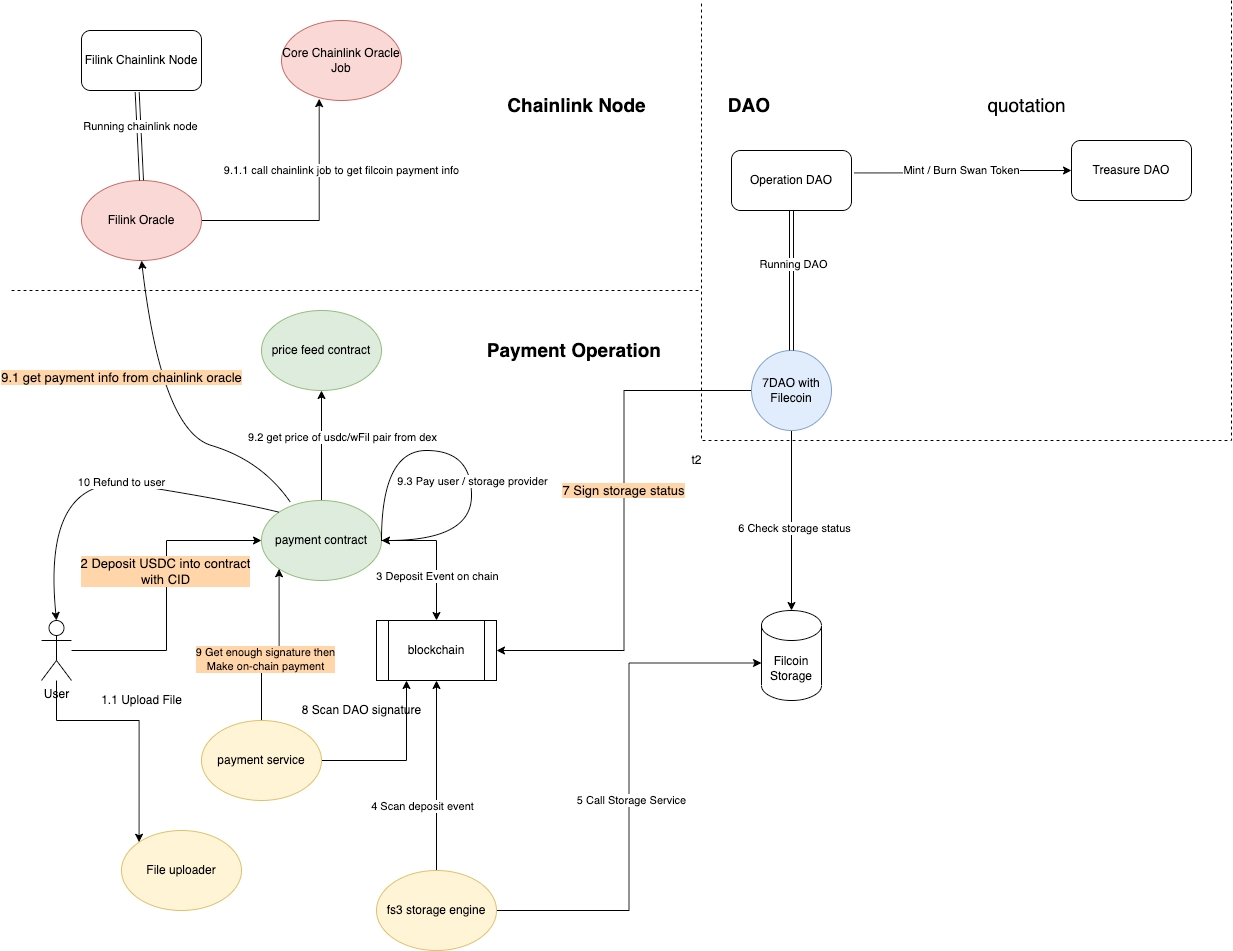Consensus Layer
Smart contract execution and payment settlement
A cross-chain consensus layer is a mechanism that allows different blockchain networks to communicate and transact with each other securely and reliably.
In the context of blockchain technology, a consensus layer refers to the protocol or set of rules that enable nodes in a network to agree on the state of the ledger, i.e., the transactions that have been executed and the resulting balances.
The concept of cross-chain refers to the ability to exchange value and data between different blockchains that may use different consensus mechanisms, languages, or structures.
A cross-chain consensus layer, therefore, acts as an intermediary or bridge between different blockchain networks, providing a standard set of protocols for communication, verification, and settlement of transactions.
There are several approaches to implementing cross-chain consensus layers, including sidechains, atomic swaps, and hash time-locked contracts (HTLCs).
The goal of these mechanisms is to enable interoperability between different blockchains, expand the use cases of blockchain technology, and enhance the overall security and scalability of decentralized systems.
Swan use Chainlink data oracle as the cross chain essential design

Last updated